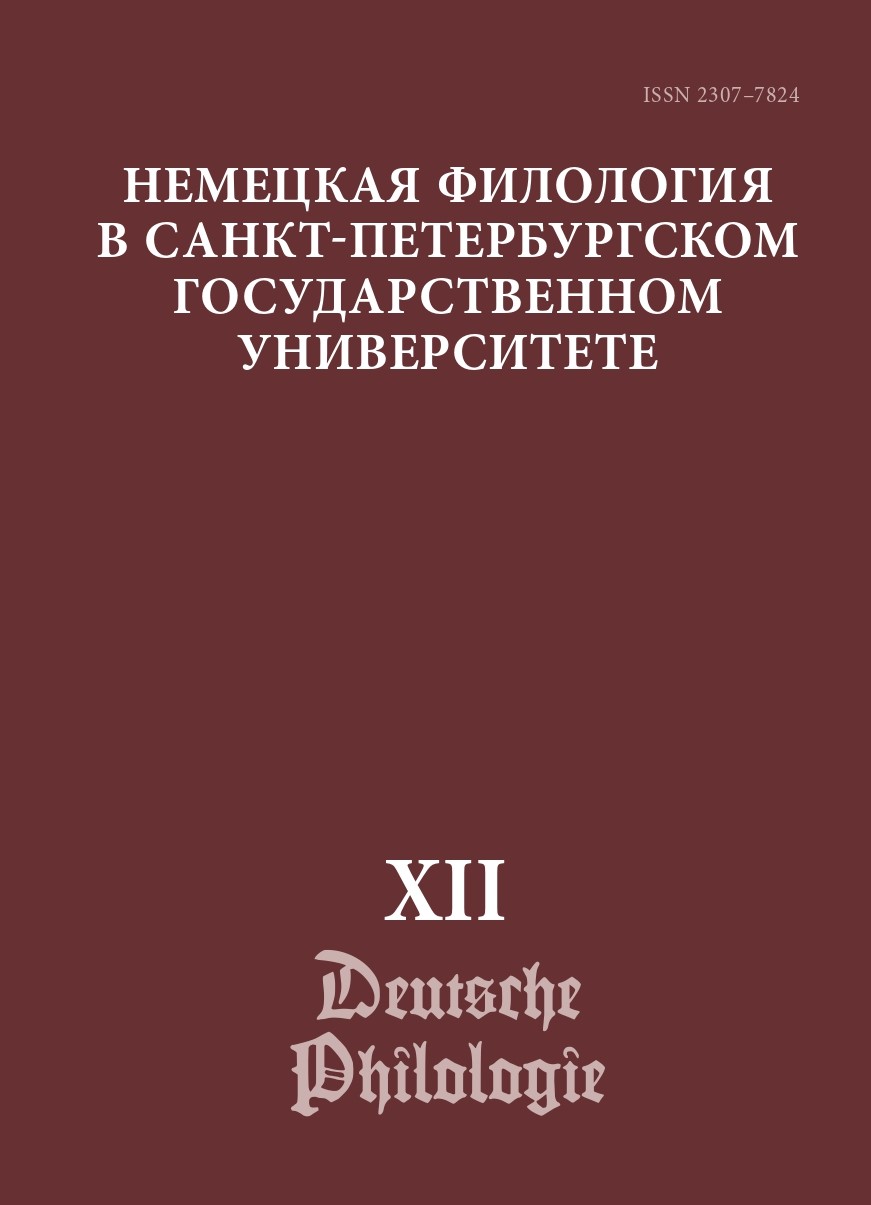MULTIMODALITY IN MIDDLE AGES: DECIPHERING OLD PROVERBS’ IMAGE TEXT
DOI:
https://doi.org/10.21638/spbu33.2022.123Abstract
The carnivalesque late Middle Ages, with passion for proverbs running through all its language strata and love for their visualisation not only through fine arts, but in book artwork as well, are a unique source of research data for the rapidly growing field of multimodality studies. Although verbal and iconic signs are different in nature, they supplement each other and interweave under the book covers of the time to form
a semantic and pragmatic unity to influence the receptor holistically. It is worth noting here that the meaning of the “proverb” term is contingent in this context, as it was used by the philosophers, scientists, and literary figures of the time to refer to almost all manner of set phrases. Drawing from a variety of texts belonging to different genres, the article analyses the specifics of how the language and image components interact
to create a hybrid semiotic complex. Studying the specifics of semiotic hybridisation as observed in the medieval texts is key to the further development of the historical phraseology as well, especially when it pertains to the issue of visualising persistent lexical complexes. Said significance derives from the fact that the so-called visualised phraseology may serve as a source for the historical phraseology research that would
complement the phraseographical data, phraseology found in the literary work, and research insights. This research shows, on the one hand, how text and image of the early stages of the people’s culture and language development become one, and on the other hand how a set lexical unit and the image accompanying it synergise in a given hybrid textual space on both semantic and cognitive levels. Based on historical data, the article showcases how multimodality has become a complex semiotic phenomenon intrinsic to any society employing not only language, but other complex systems of signs as well. A complex lexico-semantic nature of the special semantics linguistic units being visualised is one of the key factors in rendering the interaction between these two modalities unique.
Downloads
Downloads
Published
How to Cite
Issue
Section
License
Условия передачи авторских прав на статьи и рецензии, опубликованные в ежегодном периодическом издании «Немецкая филология» регулируются условиями Лицензионного Договора автора с Санкт-Петербургским государственным университетом. В соответствии с Лицензионным Договором опубликованные материалы находятся в открытом доступе, а авторам бесплатно предоставляется неограниченные возможности их распространения и самостоятельного архивирования.




